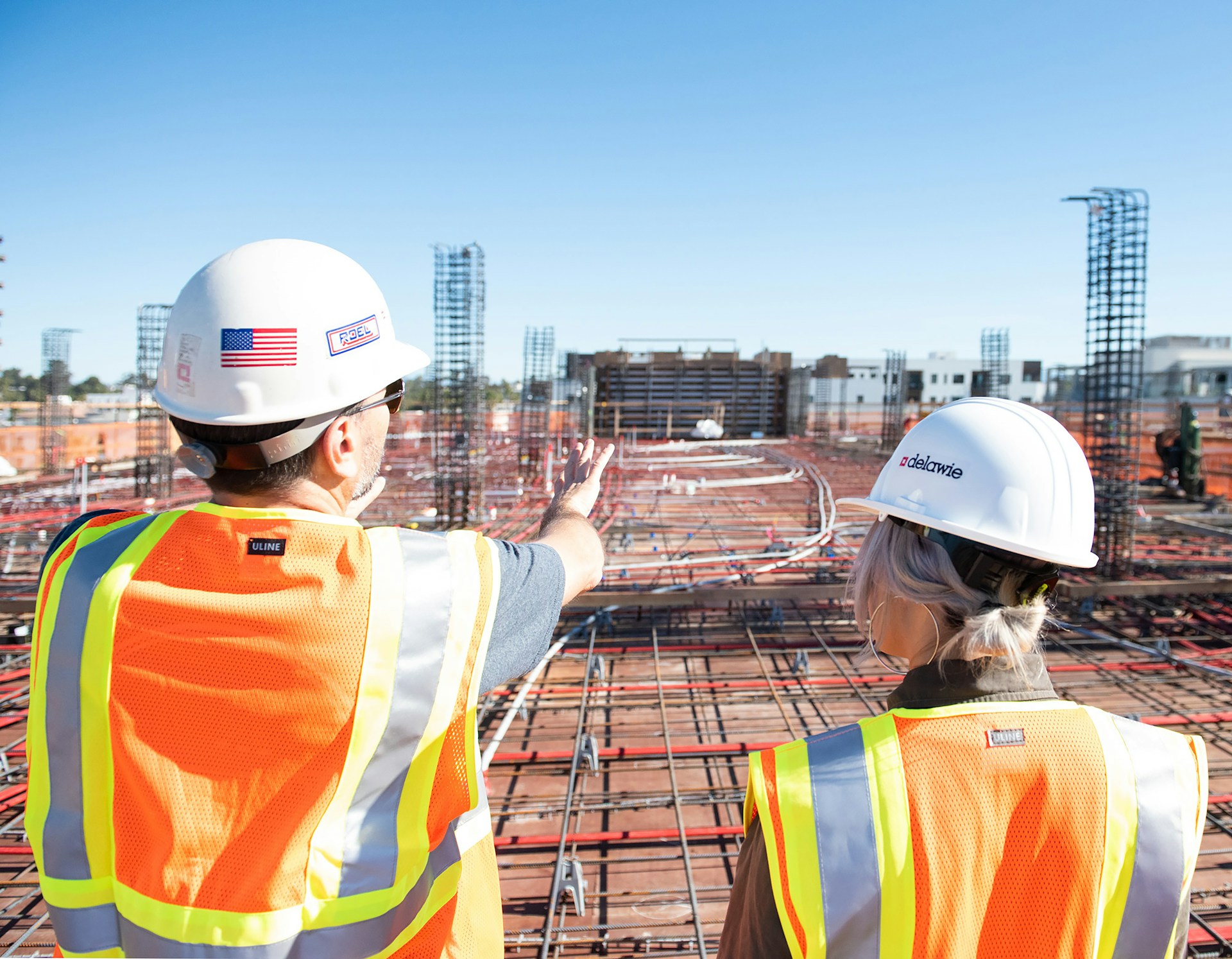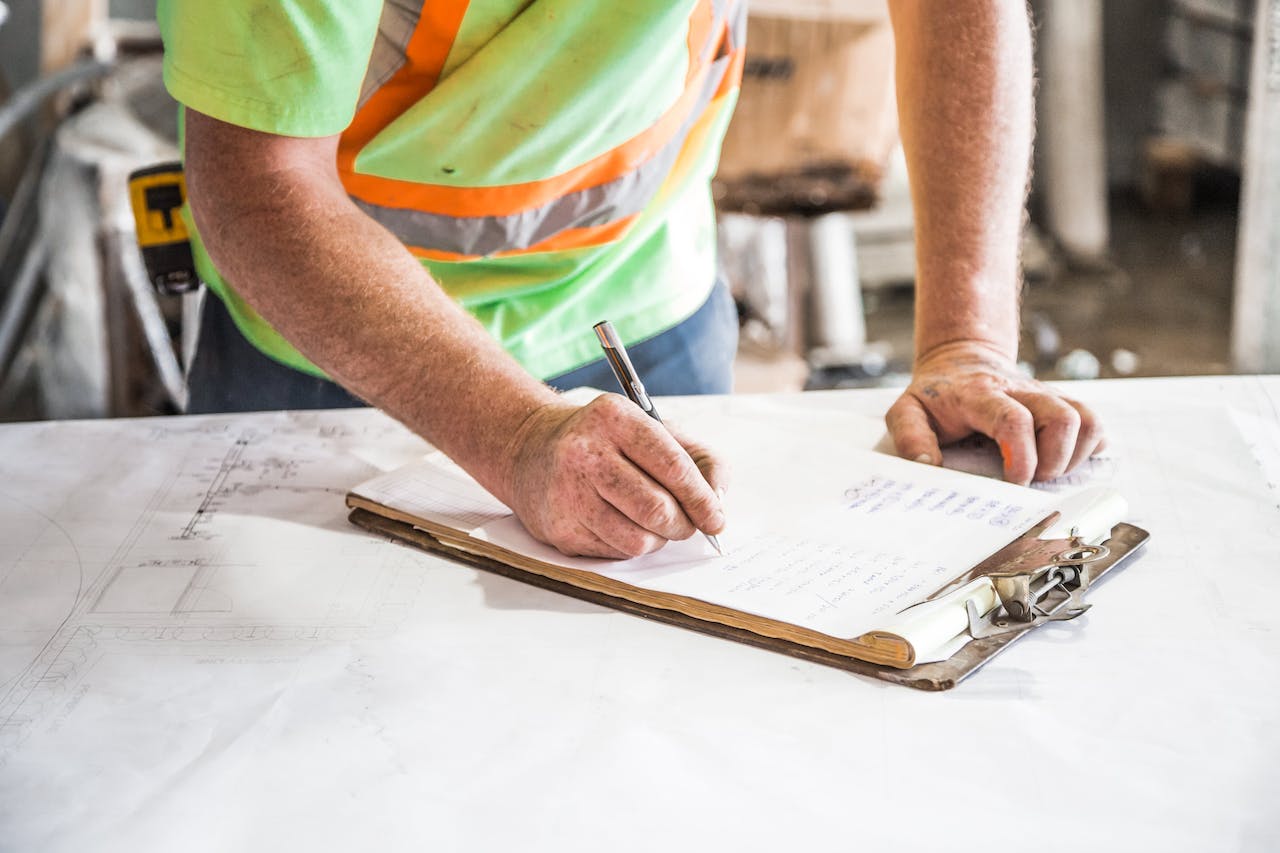The construction domain has always been the most complex one to work in. Projects, small and large, involve multiple processes, operations and teams. Effective collaboration, therefore, becomes the cornerstone of the successful completion of projects. It becomes essential to closing them on time and within budget while ensuring quality in delivery and client satisfaction. The benefits of seamless collaboration extend beyond time and cost savings as it also cuts down the probability of errors and unnecessary rework.
However, everything boils down to collaborating the right way. Effective collaboration is more than everyone on board completing their respective tasks on schedule. It is about creating a strong relationship of trust and transparency between the stakeholders so that each one is able to do their bit for the successful completion of the project. Achieving collaboration in the real sense can be tricky, as it requires a lot of work, from careful planning to seamless coordination and buy-in of everyone involved. Here are the actionable steps that a project manager needs to take for driving collaboration.
Step #1: Start early
If you want to achieve strong collaboration on a project, the best thing to do is to start at the planning stage itself. It begins with bringing together all the key players, including the project owner, engineers, architect, general contractor and subcontractors, so that they can take all the significant decisions regarding the project design. Each stakeholder should come up with their inputs in materials, scheduling and coordination so that things can move ahead smoothly.
Having everyone on the same page right at an early stage is like setting a strong foundation for the project. The individual expertise and knowledge of each of the stakeholders serve immense advantages for driving innovation for the project. Further, a well-integrated team boosts the project performance immensely and cuts down the risks for everyone on board.
Step #2: Prioritise strong relationships
More than anything else, strong relationships should be at the core of your collaborative efforts. Paying more attention to people and relationships makes sense. If you are able to bring them together and foster a bonding, success will come automatically without making much effort.
Ideally, project managers should centre their efforts on preventing mistrust and conflicts between the teams. It is easier said than done, considering that you have multiple people and teams working on a project. To achieve this, all the parties need to come together on a single platform and nail the best options for initiating a beneficial partnership.
Step #3: Consolidate leadership
Strong collaboration in construction projects must start at the top, with leaders who go the extra mile to bring the team together. The leaders need to take the responsibility of facilitating collaboration by controlling and driving the imitative, handling issues that arise and taking the project through to its completion.
Project managers, site superintendents and people in the core leadership have to work together for this purpose. Regular meetings for discussing the project and monitoring the performance of teams and individuals keep the initiative on track. Further, these leaders can also brainstorm to find ways to improve collaboration and making adjustments as required.
Step #4: Streamline communication
Collaboration and communication go hand in hand because both play a vital role in keeping everyone on the same page. Unless people are willing and able to speak and listen, they wouldn’t be able to work together and achieve the common objectives. Communication also fosters trust between the members of the team. However, things can be tricky when it comes to streamlining communications when such a large number of people and several teams are involved.
Creating a chain of command for communication becomes vital for construction projects. For example, the project owner and general contractor would communicate through the architect while the general contractor passes information to the subcontractors and suppliers, and the architect connects with the consultant. The complex ecosystem requires establishing a clear line of communication so that everyone knows what the others expect.
Step #5: Embrace diversity
Creating collaboration in construction can be a real challenge if you fail to embrace diversity. Obviously, teams that are as large as in this domain are likely to have people of diverse genders, backgrounds, cultures and languages. It may be tough to hold them together and make them collaborate, but the right approach can just do the trick.
The objective should be to create a collaborative workplace that utilises the knowledge and unique abilities of every worker on board. It is possible only if you give every person a voice. If you are embracing multilingual teams where English is not everyone’s native tongue, give them the right platforms and tools to address the language barriers.
Step #6: Leverage collaboration tools
Another collaboration step you cannot ignore is leveraging the right technologies and tools to facilitate the sharing of information between designers, suppliers, contractors and stakeholders. You cannot rely on a manual system because there are always chances of miscommunication or things being missed out. If you want to eliminate these risks and ensure seamless collaboration, using a construction management software solution does not remain a choice.
A software tool puts the project on the right track and ensures that it stays on track through the design, implementation and completion. It keeps every stakeholder on the same page so that they can discuss the project specifications, allocate tasks and duties to all departments, keep an eye on delays and errors and address small issues before they become big problems. There is an opportunity for better integration, as everyone involved has access to the same data at the same time.
Collaboration in the construction industry requires a long-term mindset because projects generally last over months and years. There may be several changes during this period in terms of design specifications and change orders from the clients. Similarly, subcontractors, suppliers and workers on board may get replaced, so the entire system needs to be flexible enough to accommodate these changes. Also, leaders need to be patient and committed so that they can carry this strategic initiative to the end.




